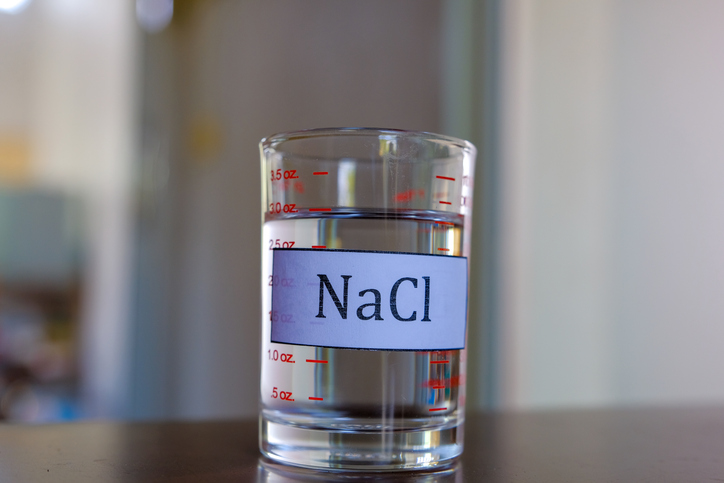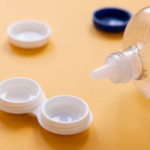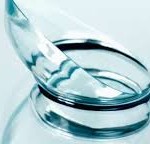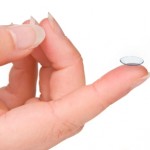Side Effects of 3 Contact Lenses Solution Ingredients

Just because something’s carefully developed and manufactured doesn’t mean it’s perfect for everyone. That’s exactly the case of contact lens solution ingredients. Scientists have been perfecting solution formulas for years, but some ingredients are simply dangerous for certain people especially if the liquid’s not used properly.
Out of all the usual ingredients found in contact lens solutions, we’ve come across three of them with side effects you need to be aware of. Here’s all you need to know about hydrogen peroxide, boric acid, and sodium chloride.
What’s in your contact lens solution and its side effects?
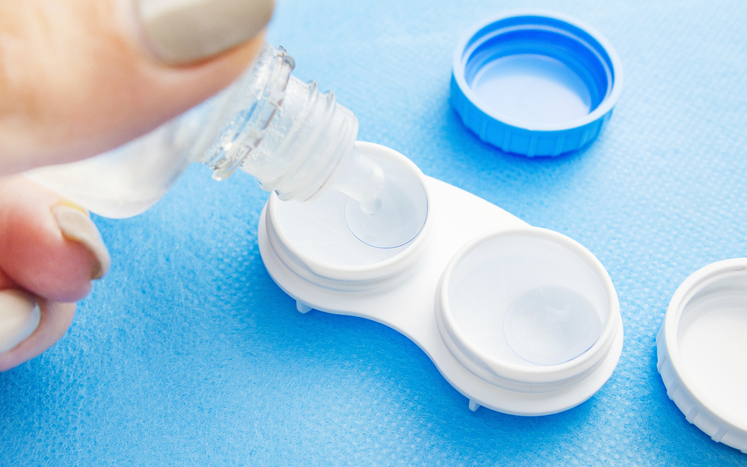
A contact lens solution’s main role is disinfecting contact lenses. The detergents in this solution kill bacteria and fungi. Contact solutions help in storing contact lenses when not in use. Clean contact lenses ensure healthy and comfortable eyes for lens wearers.
Most contact lens solutions contain three key ingredients: preservatives, wetting agents and surfactants. While these ingredients are necessary for the proper care of contact lenses, they can also cause side effects in some people.
Common side effects
The most common side effect of contact lens solution is irritation. This can be caused by any of the three ingredients, but is most often due to the preservatives. Preservatives are added to contact lens solutions to help prevent the growth of harmful bacteria. However, certain ingredients can also cause irritation and redness in some people. If you experience irritation after using a contact lens solution, try switching to a preservative-free solution.
Wetting agents help keep your contact lenses moist and comfortable. However, they can also cause side effects such as dryness, redness and itching.
Surfactants help to remove dirt and debris from your contact lenses. However, they can also cause side effects such as stinging, burning and irritation.
The most widely used ingredients in contact lenses
1. Boric Acid: This ingredient is used to adjust the pH of the solution and keep it sterile. However, it can cause eye irritation and redness.
2. Sodium Chloride: This ingredient is used to keep the solution isotonic (the same concentration as tears). However, it can cause eye irritation and dryness.
3. Hydrogen Peroxide: This ingredient is used for killing bacteria and disinfect the lens. However, it can cause eye irritation and redness.
Hydrogen Peroxide based solution
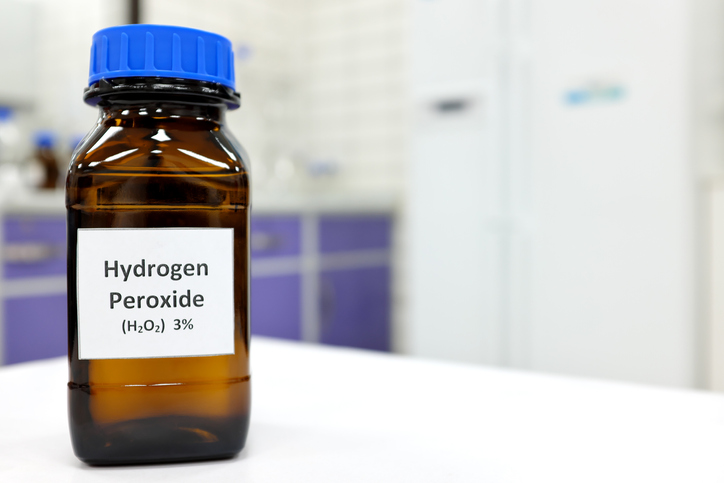
This is probably the most common ingredient for contact lens solutions. You can find it on the label of almost every solution product you see in stores.
Benefits
The reason for hydrogen peroxide’s popularity as a solution ingredient is how effective it is for cleaning and disinfecting contacts. It can loosen the hold of debris, lipids, and protein deposits around the lens to easily remove them.
And, the best part? Hydrogen peroxide doesn’t contain preservatives. Preservatives are a big no-no for contact lenses and your eyes, as they can trigger allergies caused by hypersensitivity.
Usage
Hydrogen peroxide should never be applied directly on your eyes or even your contacts. A neutralizer suitable for the process must be used together with the chemical. Without it, nothing can convert the chemical into oxygen and water.
There are two ways in adding a neutralizer. The first one is by simply doing it while you’re disinfecting. This is easier if your contact lenses’ storage cases already contain a neutralizer.
You may also disinfect your contact lenses first before neutralizing them. Some solution products come with a tablet that can neutralize your disinfected lenses.
Never forget to read the instructions. Most products will require you to neutralize your contact lenses for a minimum of six hours.
If you have no choice but to buy a separate bottle of hydrogen peroxide solution for your contacts, make sure to consult a specialist. Different products have different concentrations that may or may not harm your eyes.
Side Effects
Improper use of hydrogen peroxide will lead to the following consequences:
- stinging or burning sensation in your eyes
- damage in your cornea
- irritated eyes
Boric Acid

When it comes to eliminating bacteria and fungi from your contact lenses, boric acid is a superior ingredient. More importantly, in the right amount, it remains as a mild chemical.
Benefits
The main purpose of boric acid based on its ophthalmic advantage is to be the primary ingredient of eye washes. It can keep your eyes free from smog and other pollutants to prevent irritation.
Usage
Boric acid is already contained in the solution. You don’t have to add it anymore, unlike the method of using hydrogen peroxide. However, avoid it if it’s combined with polyvinyl alcohol. Those two ingredients tend to cause adverse reactions together.
Unfortunately, some people are allergic to boric acid. The chemical is also dangerous when it penetrates open wounds, scratches, injuries, and infections not just in your eyes but on your body as a whole. In fact, it’s hazardous as well for your ears, nose, and mouth even if they’re perfectly fine.
And, surprisingly, using boric acid is also a big deal if you’re pregnant or nursing a baby. Consult your doctor first before buying a contact lens solution with the said chemical.
Side Effects
Based on the side effects of boric acid as an eyewash, keep an eye out for these symptoms caused by a possible allergic reaction to the chemical:
- breathing problem
- swelling
- hives
- stinging or burning feeling in your eyes
- throbbing pain in your eyes
- temporary vision problem
- irritation
- red eyes
- excessive tears
Also, some solution formulas with boric acid can discolor your contact lenses. That’s more likely to happen on soft contacts.
Sodium Chloride
Just like boric acid, sodium chloride is also commonly used as some sort of treatment or cleaning solution that’s directly applied to the eyes. However, it can also be an ingredient in contact lens solutions.
Benefits
Sodium chloride can treat swollen eyes. It’s a popular eye medicine when it serves as the main ingredient of a solution.
Usage
There’s no need for extra procedures when using a contact lens solution with sodium chloride. Just follow the instructions carefully.
As for people who should think twice before using a product containing sodium chloride, they must visit a specialist first if they have existing vision problems, eye infections, allergies, and concerns about fertility, pregnancy, or breastfeeding.
Side Effects
These are the adverse reactions you may get from using sodium chloride solutions:
- painful eyes
- temporary vision changes
- red eyes
- irritation
- swelling
- itchiness
- rashes
See available contact lenses:
Contact lenses without prescription
Additional Tips on Using Contact Lens Solutions
Remember these general maintenance tips to keep your contact lenses clean and your eyes safe:
- Always clean your hands thoroughly before disinfecting and storing your contact lenses.
- Store contact lenses in a good quality and clean case
- Place one lens covered in solution on the palm of your hand and gently rub it with the forefinger of your other hand to completely remove buildup (sometimes, it’s not enough to just soak the lens).
- Empty the case every after cleaning to prevent reusing the solution.
- Clean the contact lens case with hot water or a sterile solution and air-dry it before pouring a fresh contacts solution in it.
- Use a hydrogen peroxide cleaning solution if other primary ingredients harm your eyes.
- Close the case every time you’re putting one lens on your eye to avoid contaminating the other lens.
- Use rewetting drops once in a while to prevent lens dryness.
- You may put some solution on the finger holding the lens to make insertion easier for you.
- The solution should fill half of the case to ensure the lenses are completely soaked.
- Avoid non-saline solutions for your eyes’ safety.
If you don’t want to go through any maintenance whatsoever, you should choose daily disposable contact lenses. You can immediately throw them out after use.
Where to Buy Contact Lenses with Sterile Solutions
Contact Lenses 4 Us has a wide range of contact lenses immersed in saline solutions. Rest assured each product like the Dailies Aqua Comfort Plus, 1-Day Acuvue Moist, and Pure Vision 2HD for Astigmatism has everything you need for maintenance. Order now even without prescription and we’ll ship your chosen product to your doorstep anywhere in the world.
Read also:
How to Stop Vision Defect? Common Eyesight Defects
Can You Order Contact Lenses Without a Prescription if You Can’t Leave the House?

1-DAY ACUVUE TRUEYE (30)
The 1-day Acuvue TruEye (30) lens made by Johnson and Johnson, offers the highest UVA and UVB blocking among disposable conta...
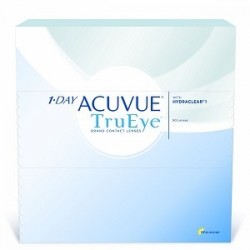
1-DAY ACUVUE TRUEYE (90)
The 1-day Acuvue TruEye is a disposable contact lenses designed for people who want to keep their eyes healthy without the ...
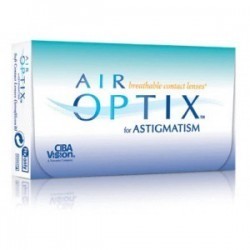
AIR OPTIX FOR ASTIGMATISM (3)
Air Optix for Astigmatism (3) is made of a silicone hydrogel material which allows more oxygen to your eyes keeping them fres...
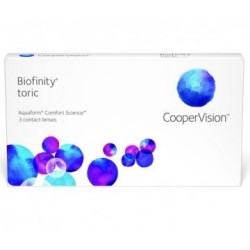
Biofinity Toric 6 contact lenses
Biofinity toric contacts by CooperVision are soft, monthly disposable lenses made to correct astigmatism. With Aquaform® Tec...

